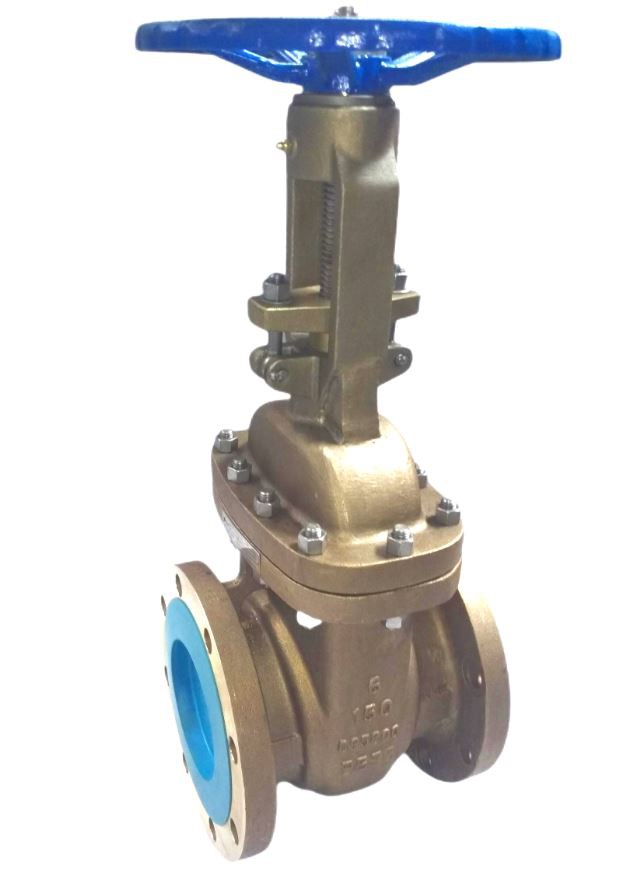Hey there! As a supplier of oxygen ball valves, I often get asked about the service life of these valves. It's a crucial question, especially for industries that rely on oxygen systems. In this blog, I'll break down the factors that affect the service life of an oxygen ball valve and give you some insights on how to make it last longer.
What is an Oxygen Ball Valve?
Before we dive into the service life, let's quickly go over what an oxygen ball valve is. An oxygen ball valve is a type of valve that uses a ball with a hole in the middle to control the flow of oxygen. When the ball is turned, the hole aligns with the flow path, allowing oxygen to pass through. When it's turned 90 degrees, the solid part of the ball blocks the flow. These valves are commonly used in oxygen supply systems in industries like healthcare, welding, and aerospace.
Factors Affecting the Service Life
1. Material Quality
The quality of the materials used to make the oxygen ball valve is a major factor in its service life. Valves made from high - quality materials like stainless steel or brass are more likely to last longer. Stainless steel is resistant to corrosion, which is a big deal when dealing with oxygen. Corrosion can cause the valve to leak or malfunction over time. For example, if a valve is made from a low - grade metal, it might start to rust or corrode after just a few months of use, especially in a humid environment.
2. Operating Conditions
The conditions under which the valve operates play a huge role in its lifespan. If the valve is exposed to high pressures, high temperatures, or abrasive substances, it will wear out faster. For instance, in a welding application, the valve might be exposed to high - temperature gases and sparks. These can damage the valve's seals and the ball itself. Similarly, if the oxygen contains impurities or particles, they can scratch the valve's internal surfaces, leading to leaks and reduced performance.
3. Frequency of Use
How often the valve is used also affects its service life. A valve that is opened and closed frequently will wear out faster than one that is used less often. In a busy hospital's oxygen supply system, where the valves are constantly being adjusted to meet the patients' needs, they will experience more wear and tear compared to a valve in a less - used oxygen storage facility.
4. Maintenance
Proper maintenance is key to extending the service life of an oxygen ball valve. Regular inspections can help detect any signs of wear or damage early on. This includes checking for leaks, ensuring the valve turns smoothly, and replacing worn - out seals. If a valve is not maintained properly, small issues can turn into big problems. For example, a small leak might seem insignificant at first, but over time, it can lead to a loss of oxygen and potential safety hazards.
Typical Service Life
It's hard to give an exact number for the service life of an oxygen ball valve because it depends on all the factors mentioned above. However, on average, a well - maintained oxygen ball valve can last anywhere from 5 to 15 years. In a relatively mild operating environment with proper maintenance, a high - quality valve could last up to 15 years. But in a harsh environment with heavy use, it might only last 5 years or less.
How to Extend the Service Life
1. Choose the Right Valve
Selecting the right valve for your application is crucial. Make sure to choose a valve that is made from high - quality materials and is rated for the operating conditions. If you're not sure which valve is right for you, consult with a professional.
2. Monitor Operating Conditions
Keep an eye on the pressure, temperature, and the quality of the oxygen in your system. If the conditions are outside the valve's rated range, take steps to correct them. For example, if the temperature is too high, you might need to install a cooling system.
3. Follow a Maintenance Schedule
Establish a regular maintenance schedule and stick to it. This should include cleaning the valve, lubricating the moving parts, and replacing seals as needed. You can also refer to the manufacturer's guidelines for specific maintenance instructions.
4. Train Your Staff
If your staff is responsible for operating and maintaining the valve, make sure they are properly trained. They should know how to operate the valve correctly and how to identify signs of wear or damage.
Other Oxygen Valves
In addition to oxygen ball valves, there are other types of oxygen valves available, such as Oxygen Gate Valve, Oxygen Butterfly Valve, and Oxygen Check Valve. Each type of valve has its own advantages and is suitable for different applications. For example, an oxygen gate valve is good for applications where a full - flow opening is required, while an oxygen check valve is used to prevent backflow.


Contact Us for Your Oxygen Valve Needs
If you're in the market for an oxygen ball valve or any other type of oxygen valve, we're here to help. We have a wide range of high - quality valves that are designed to meet your specific needs. Whether you're in the healthcare industry, the welding industry, or any other industry that uses oxygen, we can provide you with the right valve at a competitive price. Contact us today to discuss your requirements and get a quote. We're always happy to answer any questions you might have and help you make the best choice for your oxygen system.
References
- Valve Manufacturers Association of America. (2023). Valve Maintenance and Service Guidelines.
- International Organization for Standardization. (2022). ISO Standards for Oxygen Valves.
- Industry Reports on Oxygen Systems and Valves. Various sources.